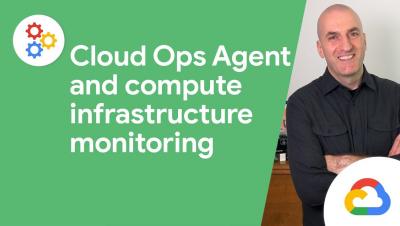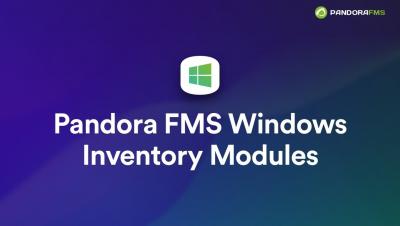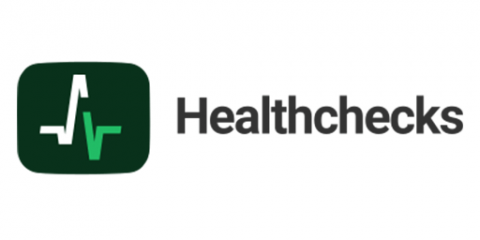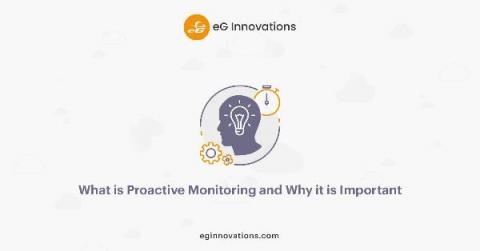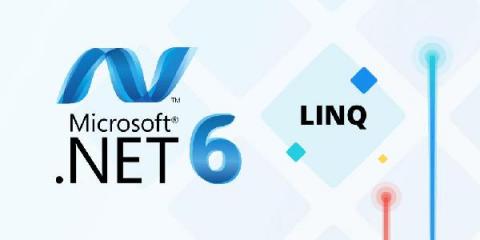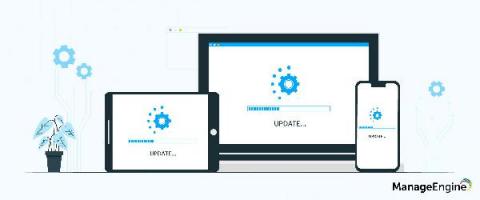Operations | Monitoring | ITSM | DevOps | Cloud
Monitoring
The latest News and Information on Monitoring for Websites, Applications, APIs, Infrastructure, and other technologies.
Monitoring compute infrastructure with the Cloud Ops Agent
Inventory modules in Windows | Pandora FMS
What to expect from an Icinga Fundamentals training
Let’s set the scene: You just started out with Icinga, maybe because you have realised your need for monitoring or you have inherited an environment. Maybe your boss just decided that this is what you are going to do now. So you are now sitting in front of the documentation, maybe started an installation process. But there are all of those terms that you don’t know, things are looking complicated and you don’t even know where to get started in your journey. And that’s okay!
Monitoring PostgreSQL With pgmetrics and pgDash
I am currently trialing pgmetrics and pgDash for monitoring PostgreSQL databases. Here are my notes on it. pgmetrics is a command-line tool you point at a PostgreSQL cluster and it spits out statistics and diagnostics in a text or JSON format. It is a standalone binary written in Go, and it is open source. Here is a sample pgmetrics report. Rapidloop, the company that develops pgmetrics, also runs pgDash – a web service that collects reports generated by pgmetrics and displays them in a web UI.
Unexpected Parallels Between Yoga and Observability
Yoga is to ideal human health what observability is to an application’s ideal functioning. It is well established that observability is a critical factor for the successful implementation and maintenance of cloud-native, serverless, cloud-agnostic, and microservices-based applications. Well-established observability helps DevOps and development teams cross the boundaries of complex systems and get complete visibility into their functioning.
What is Proactive Monitoring?
In the realm of monitoring products, proactive monitoring usually means identifying potential issues within IT infrastructure and applications before users notice and complain and initiating actions to avoid the issue from becoming user noticeable and business impacting. Proactive monitoring means a business is continuously searching for signs that indicate a problem is about to happen.
A look at the upcoming improvements to LINQ in .NET 6
Gearing up your IT ecosystem for the Apple WWDC21 updates
The September Apple Event is one of the most important events for any IT admin because it is preceded by the Apple Worldwide Developers Conference. It witnesses the release of new hardware like the iPhone and, more importantly for enterprises, the release of the latest versions of it’s operating systems—iOS 15, iPadOS 15, and tvOS 15 were announced. iOS and iPadOS updates rolled out on September 20, while the new macOS will roll out later this year.



